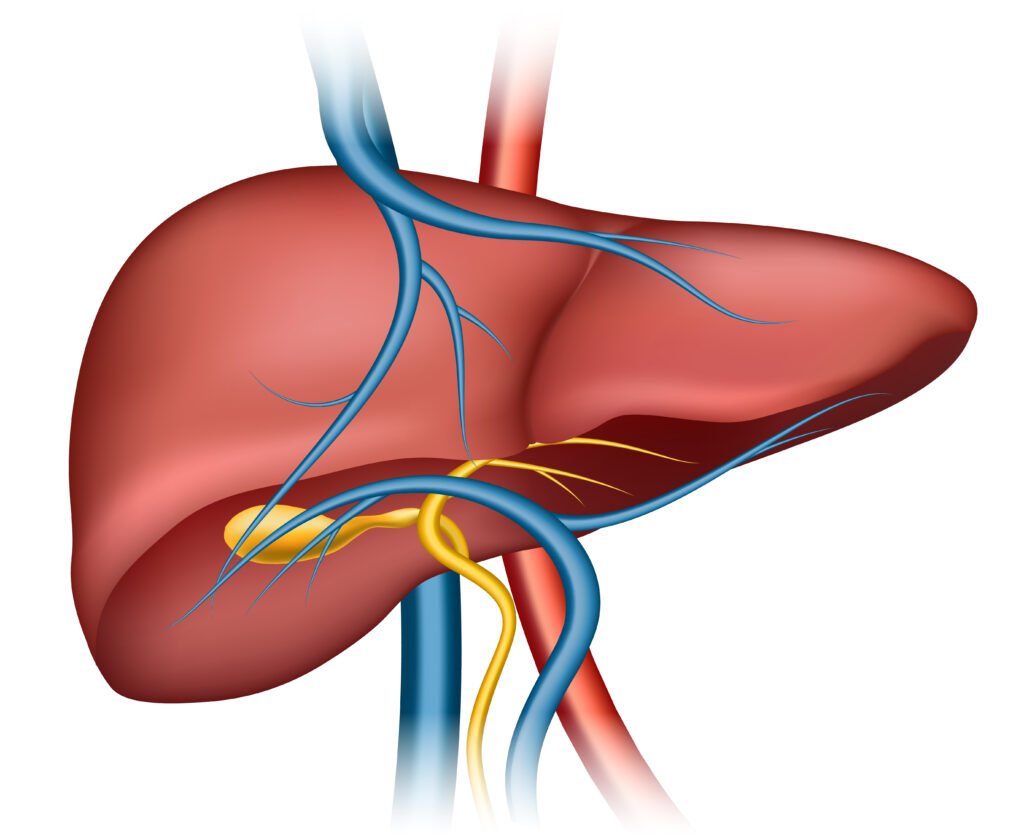A Rare Fight, Remarkable Resilience
Hepatoblastoma. The word itself might sound foreign, yet it represents a battle faced by a small but incredibly brave group of warriors: children diagnosed with the most common type of liver cancer in early childhood. While rare, affecting only around 1 in 50,000 children under the age of 15, its impact is profound, demanding not just medical prowess but also unwavering family support and community strength.
This blog aims to shed light on hepatoblastoma, exploring its causes, symptoms, diagnosis, and the remarkable advancements in treatment that are offering new hope to young patients.
Understanding the Enemy: What is Hepatoblastoma?
Hepatoblastoma originates from immature liver cells, resembling the developing liver tissue of a fetus. These cells begin to multiply uncontrollably, forming a tumor within the liver. While the exact cause remains unknown, certain factors like genetic syndromes, prematurity, and birth defects can increase the risk.

Warning Signs: Recognizing the Symptoms
Early detection is crucial in tackling any cancer, and hepatoblastoma is no exception. Be mindful of these potential signs in your child:
A painless abdominal mass: This is often the most noticeable symptom, with the abdomen appearing swollen or protruding.
Unexplained weight loss or loss of appetite: A sudden decrease in appetite or noticeable weight loss can be a warning sign.
Jaundice: A yellowing of the skin and eyes due to elevated bilirubin levels, a waste product produced by the liver.
Nausea and vomiting: Persistent nausea and vomiting can be associated with the tumor affecting surrounding organs.
Fever: While fever can be caused by various factors, a persistent fever without an obvious explanation warrants medical attention.
Fatigue and lethargy: Unusual tiredness and lack of energy can be indicators of underlying health issues.
From Diagnosis to Treatment: Taking the Next Step
If you suspect any of these symptoms in your child, consult a healthcare professional immediately. Early diagnosis and prompt intervention are key to improving the prognosis.
The diagnostic process typically involves:
Physical examination: A thorough examination by a doctor to assess any visible signs and palpate the abdomen.
Imaging tests: Ultrasounds, CT scans, and MRIs provide detailed images of the liver and surrounding organs.
Blood tests: Specific blood markers, like alpha-fetoprotein (AFP), can indicate the presence of hepatoblastoma.
Liver biopsy: In some cases, a small tissue sample from the liver may be required for definitive diagnosis.
Once diagnosed, a multidisciplinary team of specialists, including pediatric oncologists, surgeons, and radiation oncologists, will collaborate to develop a personalized treatment plan based on the tumor stage, spread, and overall health of the child.
Fighting Back: Treatment Options for Hepatoblastoma
The good news is that advancements in hepatoblastoma treatment have significantly improved the survival rate in recent years. The mainstays of treatment include:
Surgery: The primary goal is to remove as much of the tumor as possible. In some cases, complete removal (liver resection) may be achievable.
Chemotherapy: Powerful medications are used to kill cancer cells, often before and after surgery to shrink the tumor and eliminate any remaining cancerous cells.
Liver transplantation: In advanced cases where the tumor is inoperable or involves a large portion of the liver, liver transplantation may be considered.
Radiation therapy: High-energy beams target the tumor to destroy cancer cells, typically used in specific scenarios.
Shining a Light on Hope: The Power of Research and Support
The fight against hepatoblastoma doesn’t end at diagnosis. Continuous research is crucial to finding more effective treatments and ultimately a cure. Organizations like the Children’s Oncology Group (COG) and the American Cancer Society play a vital role in funding research and providing support to families battling this challenging disease.
Remember, even though hepatoblastoma is a rare and challenging cancer, it’s not an insurmountable one. With early detection, advanced treatment options, unwavering family support, and ongoing research, children with hepatoblastoma are showing incredible resilience and courage in their fight. Let’s shine a light on their stories and continue to push for advancements that offer every child a chance at a brighter future.

